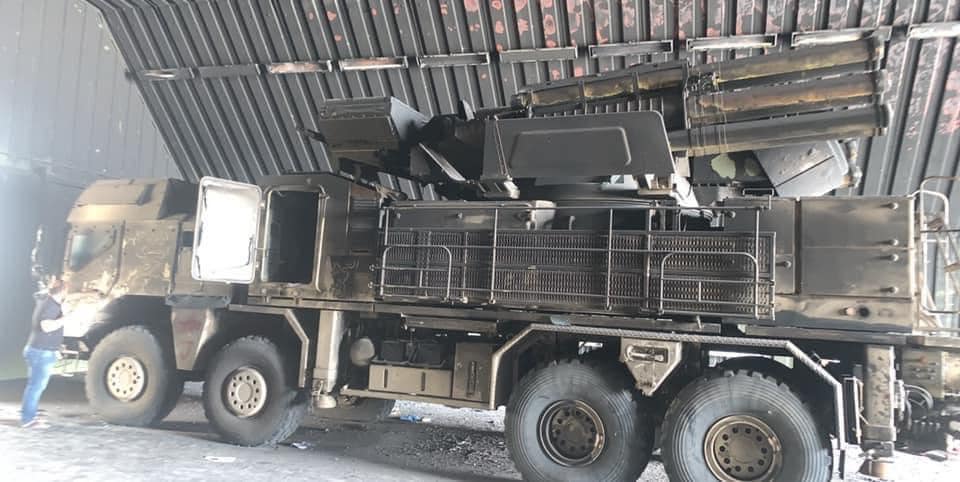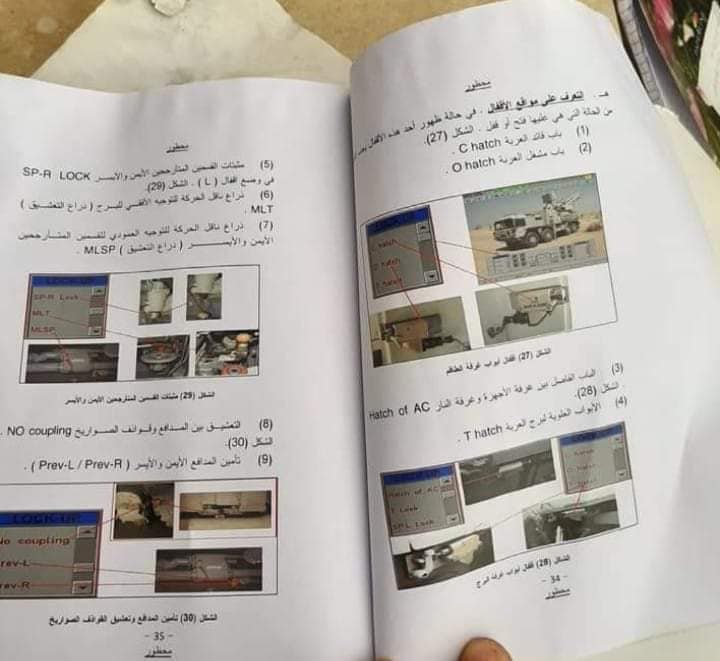That "manual" could certainly explain a lot about why so many Pantsirs are getting splashed in Libya (because it sure doesn't seem to be explaining a lot about the Pantsir, consisting as it does mostly of amateur photos for illustrations and precious little text!).
As I've pointed out before, UAV targeting footage provides only an incomplete view of the story because it lacks context - was the hit that destroyed the AD system the first attempt or was it happily knocking down attackers until it simply ran out of ammo, for example? Yet, some common themes with these videos had me wondering, one of them being that in the majority of cases the Pantsirs were not operating at the time of their destruction. Better yet, many were clearly parked up, sometimes actually inside shelters and even in those instances where they were out and about the search radar was generally stowed.
Now, Pantsir is of course a superb point-defence ADS, but as the successor to the Cold War Tunguska one of its selling points is the ability to fire on the move and give protective cover to vehicle columns while underway. So instead of being a recipient of air strikes, it should have been *preventing* them (to be fair, Turkey did lose a fair few UAVs in Libya and Pantsir likely accounts for a good portion of them)! And why do we keep seeing them get driven from place to place on semi-trailers - it can move under its own power just fine, and with a modern wheeled truck as the platform it shouldn't cost an arm and a leg to do so? I mean, it sure isn't going to burn more fuel than a tired old commercial truck towing the Pantsir's dead weight plus that of the trailer! Similarly, wear and tear on the platform and the road surfaces will be nowhere near as bad a concern as with a tracked vehicle (like Tunguska used to be).
It appears the UAE simply plonked a handful of Pantsirs in the LNA's lap, gave them a hastily put-together Powerpoint user's guide (manual is definitely too strong a term, if that photo is any indication!) and told them to have fun. Irregulars operating a high-tech ADS without proper instruction - what could possibly go wrong? Turkey on the other hand had the benefit of not needing to put the UAV operator crews in the line of fire, so could afford to have its own, highly-trained personnel fly them.






![[IMG] [IMG]](https://en.defenceturk.net/wp-content/uploads/2020/05/Altay-F%C4%B1rt%C4%B1na-T-155-Korkut-750x375.jpg)